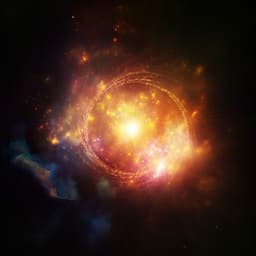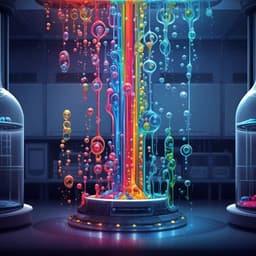
Space Sciences
A trail of dark-matter-free galaxies from a bullet-dwarf collision
P. V. Dokkum, Z. Shen, et al.
This groundbreaking research conducted by Pieter van Dokkum and colleagues explores ultra-diffuse galaxies DF2 and DF4, revealing their surprising size, luminous globular clusters, and low velocity dispersions. The study suggests these galaxies might be dark matter-free, having formed from a high-velocity collision of gas-rich galaxies approximately eight billion years ago.
~3 min • Beginner • English
Related Publications
Explore these studies to deepen your understanding of the subject.







